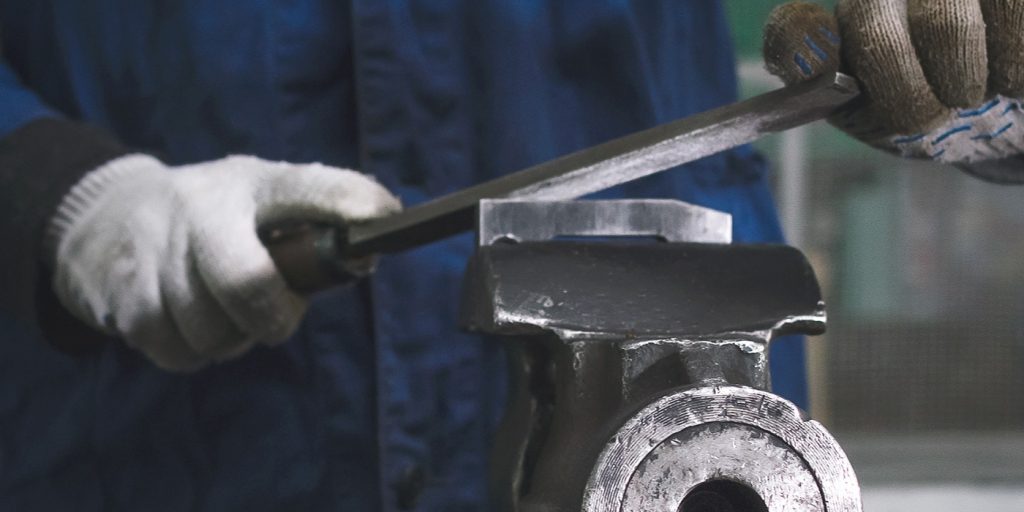Question:
I’d like to get a good set of files, but I don’t know what to buy. I hear a lot of different names for types of files and I’m not sure I know the difference.
Answer:
This is a subject I love to get into, and I can’t put enough emphasis on how important — and beneficial it is to use the correct file. It can be a subject that gets pretty deep, but for use in automotive repair, once you have a handle on the basics, getting the right files — and using them correctly — is easy.
To get started, you should know the parts of a file, which consist of the heel, point, tang and face, and the length of a file refers to everything but the tang. Files are primarily named by the shape of their cross section, but further identified by their contour and the design and coarseness of their teeth.
The most common file shapes are round, half round, triangle, flat and square, and moving onto contour, a blunt file is one with parallel edges and constant width from end to end, whereas a taper file is one where the cross section reduces in size from the heel to the point. The taper may be in the width, thickness or both.
The cut of a file is an indication of its coarseness, and there are three types of cuts: bastard, second-cut and smooth. These cuts are considered American Pattern files and there is also another type, Swiss Pattern files, which has seven different cuts, ranging from 00 to No. 6, the latter being the finest cut.
American Pattern files are what most people generally think of as a “regular” size file and Swiss Pattern files are small with a wider range of shapes and patterns designed for intricate, more precise work.
The face of a file is where the teeth are located and it is important to recognize the design of the teeth, since they reflect the intended and proper use of the file.
Single-cut means there is one set of parallel teeth, diagonally cut into the face of the file. These work well for both hard and soft metals, requiring only moderate pressure to cut.
Double-cut means there are two sets of teeth in opposite diagonal directions. The first set of teeth, called the overcut, is courser than the second set, which is called the upcut. A double-cut file will remove material faster than a single-cut and requires heavier pressure to cut but should only be used for harder metals. Soft metals will easily clog a double-cut file.
A rasp-cut file has a series of individual teeth on the face and is easily identifiable as such. These are primarily used for wood, hooves or soft metal like aluminum and lead, and are generally not used in automotive repair.
A curved-cut or mill-tooth file has wide teeth in a curved contour across the face, also easily identifiable. These files are used for smoothing and blending, and commonly seen in body shops due to these characteristics.
That covers the main points and you’ve probably already picked up that you’ll want both a set of American Pattern and Swiss Pattern files. It’s also nice to have some with single-cut teeth and some with double-cut since they both have their advantages and uses.
Eventually you will want a variety when it comes to the shape, size and the cut, or coarseness, of a file. The shape you need is directly related to the shape of the workpiece, and whether a file is course or smooth affects not only the time it takes for a repair, but also the desired finish of the repair.
The final point to touch on is filing technique. It is a fact that files are designed to cut in one direction only, pushing the file in a forward motion. The correct and only method you should use is pushing forward to make the cut, then lifting the file away from the work to reposition it for another pass. Pulling a file back across the workpiece will only cause it to clog, and since the teeth are not able to cut in this direction, it will slowly dull them by rounding them over.
Last but not least, don’t forget a file brush and clean your files after each use. They should also be stored clean and dry as well as separate from contact with any other metal. Hanging them is the best storage. Now, follow me. Let me show you what I have on the tool truck.














